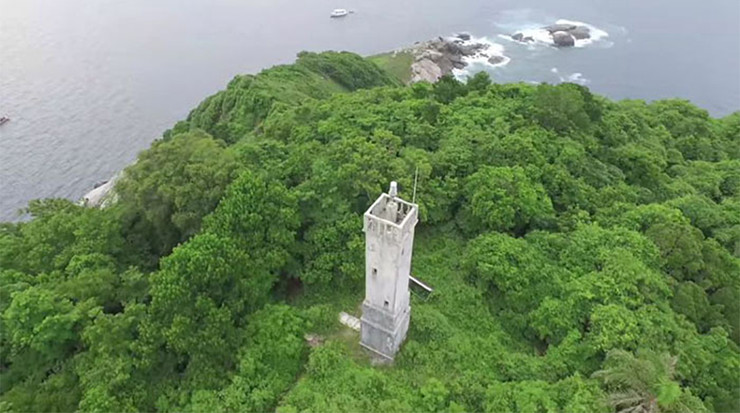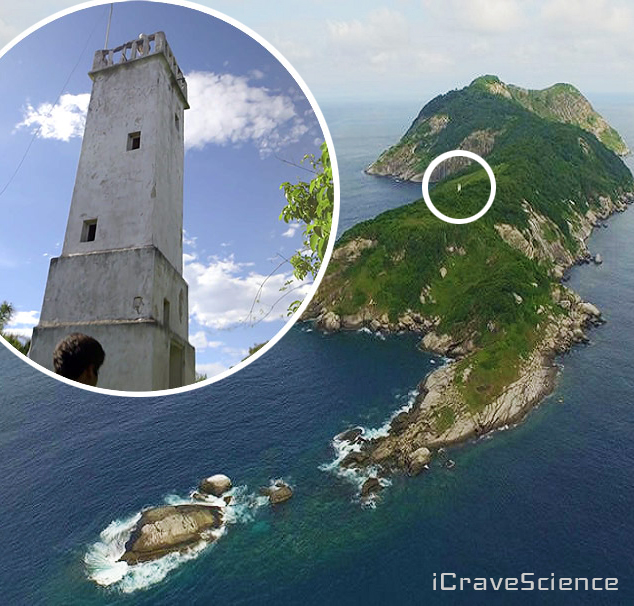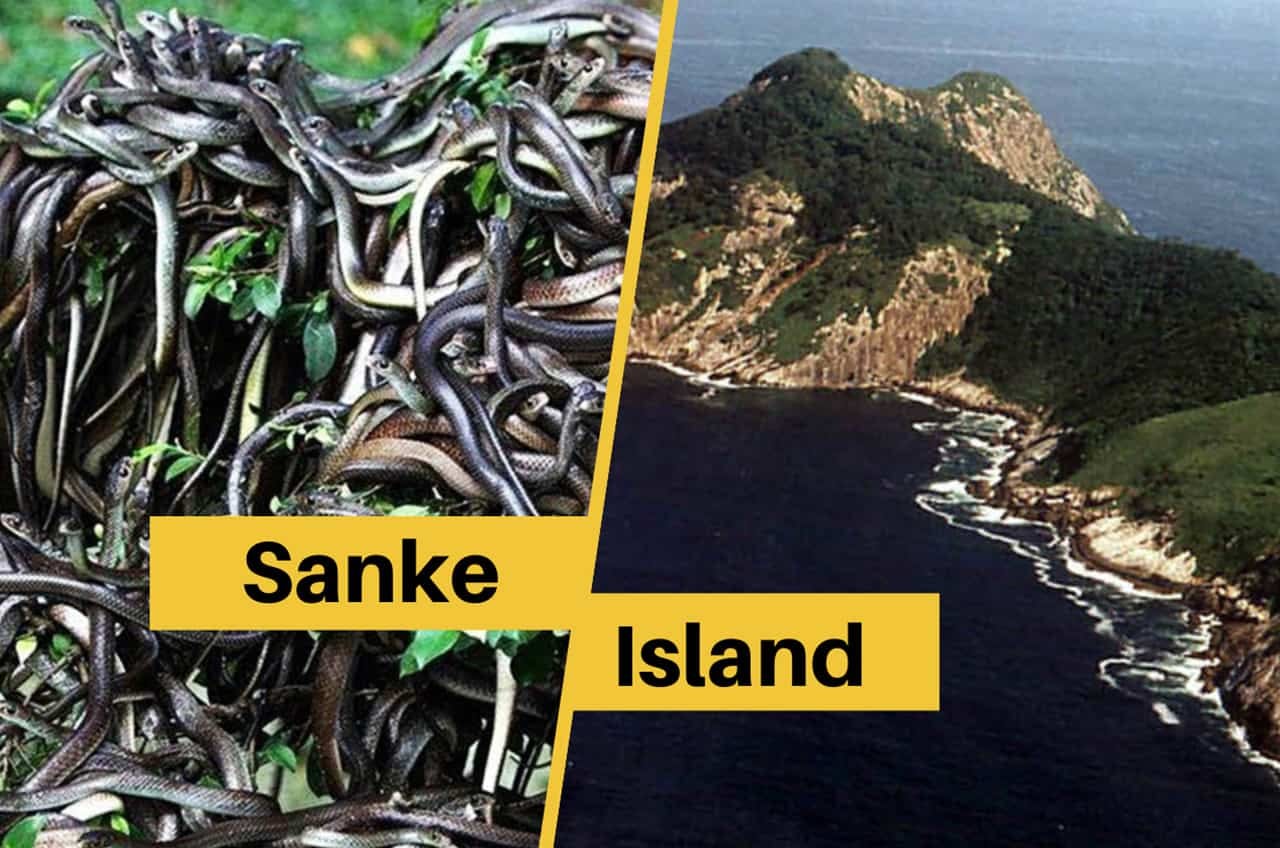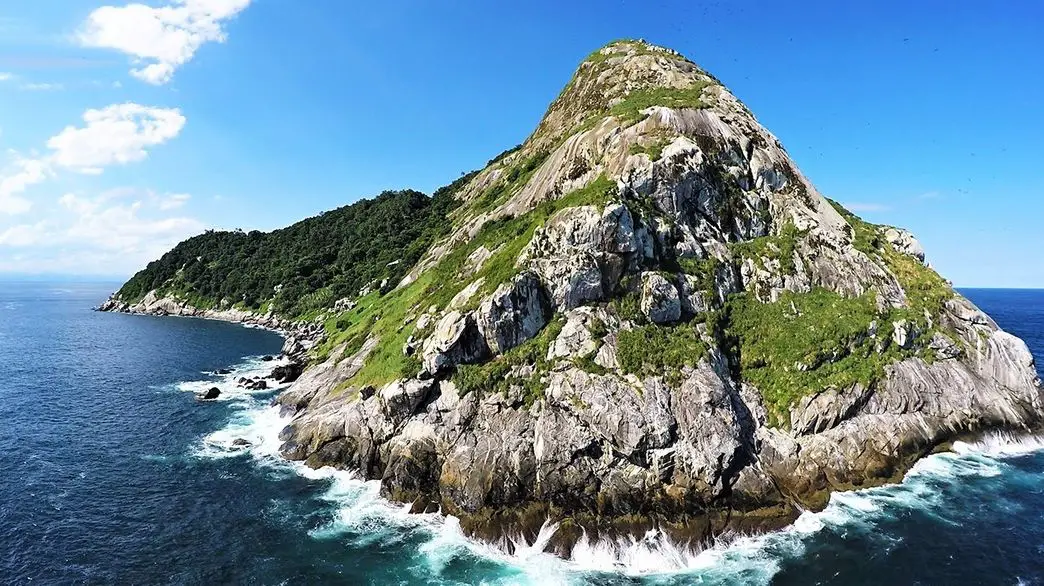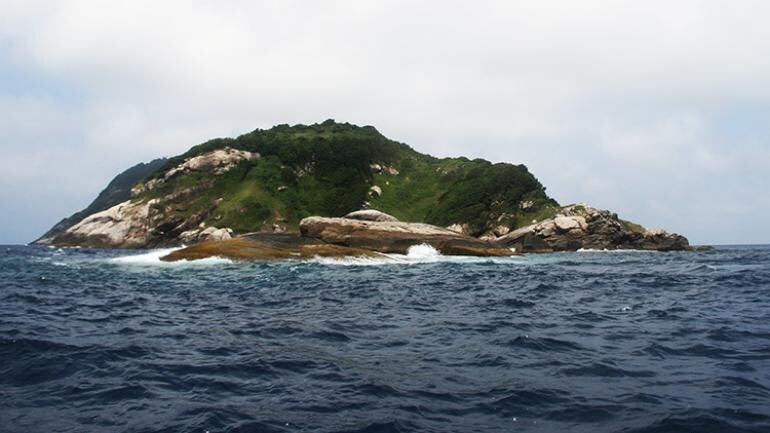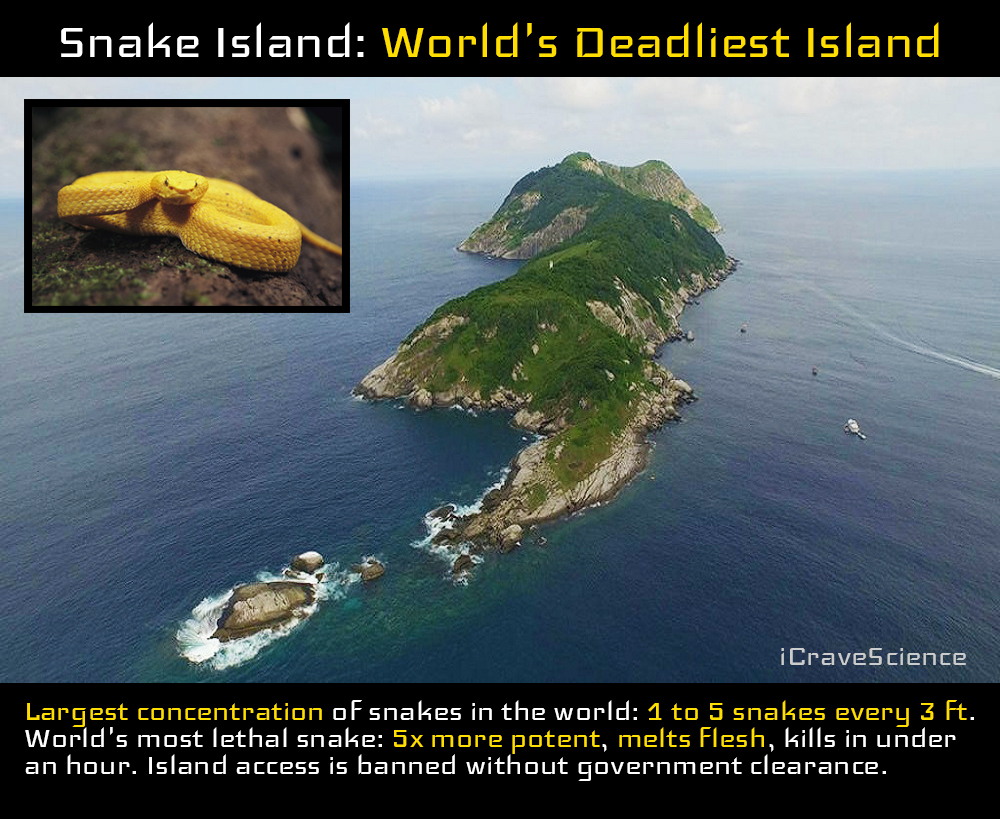Ilha Da Queimada Grande Lighthouse

Years of isolation on a bird migration path required that these snakes adapt an extremely quick acting and lethal venom.
Ilha da queimada grande lighthouse. The island is uninhabited difficult to access and not recommended for a stop during your brazil trip. Ilha da queimada grande looks very pretty from far away but terrifying up close. The snakes on ilha da queimada grande. Visitors to the island are prohibited by the brazilian government owing to the several.
There were plans to build a banana plantation there once however they fell through. However most people have only heard about the golden lanceheads which are a species of pit vipers. About 25 miles off the coast of brazil there is an island where no local would ever dare tread. It is located approximately 33 kilometres off the coast of the state of sao paulo brazil.
Flickr commons ilha da queimada grande also known as snake island. Ilha da queimada grande. Just 21 miles off the idyllic coast of brazil sits ilha da queimada grande also known as snake island it s said that on every two steps of this 110 acre island is a golden lancehead the deadliest snake in the world. There is but one thing.
This fairly large tropical island is a rare thing for it is uninhabited. Off the shore of brazil almost 93 miles away from downtown são paulo is ilha da queimada grande also known as snake island the island is untouched by human developers for a very good. Iiha da quiemada grande is one of the world s deadliest island as it has the highest concentration of venomous snakes in the world. Pictured is ilha da queimada grande an island 20 miles 32 kilometres off the coast of sao paolo in brazil.
Ilha da queimada grande just off of the coast of brazil lies a currently uninhabited tropical island called the ilha da queimada grande. The ilha da queimada grande is located about 18 6 miles 30 kilometers off the coast of the state of são paulo and was separated from the brazilian mainland at the end of the last ice age. Ilha da queimada grande has a variety of vegetation. The deforestation is the origin of the island s name.
Legend has it that the last fisherman who strayed too close to its shores was found days later adrift in his own boat lifeless in a pool of blood. The island is partly covered in rainforest and partly bare rock and grassy cleared areas a result of deforestation.

